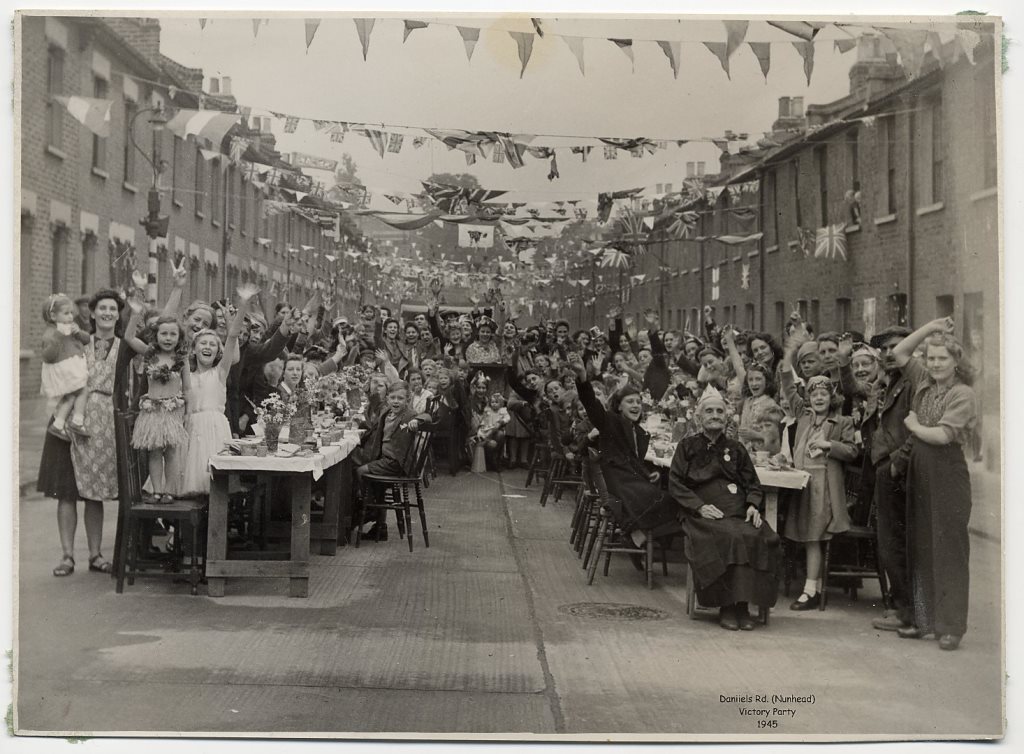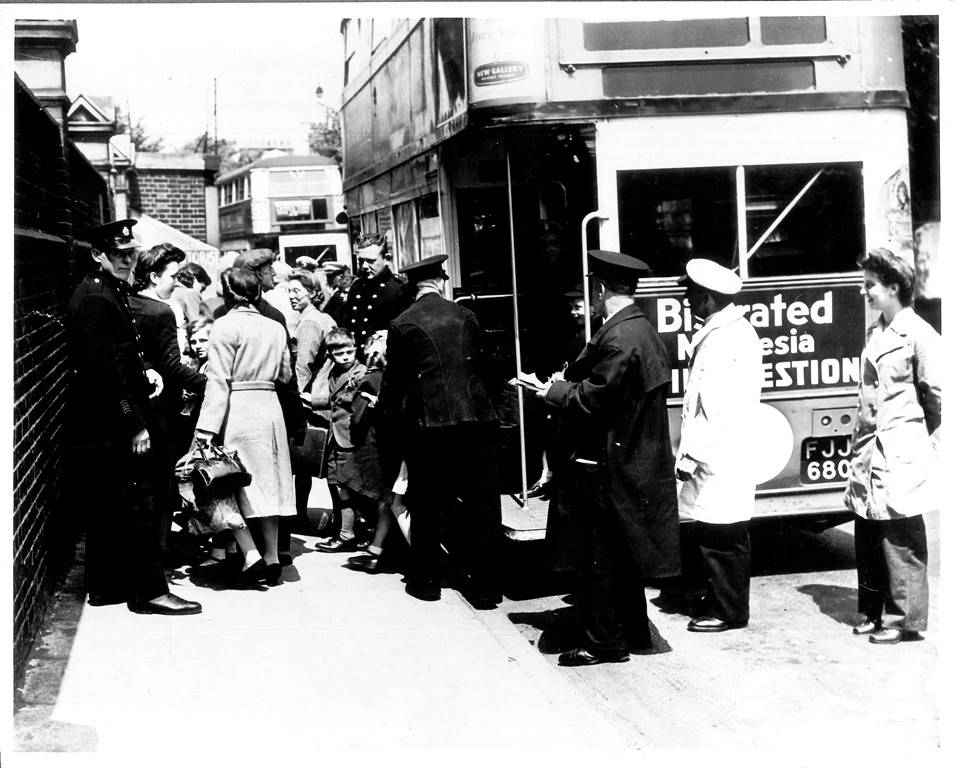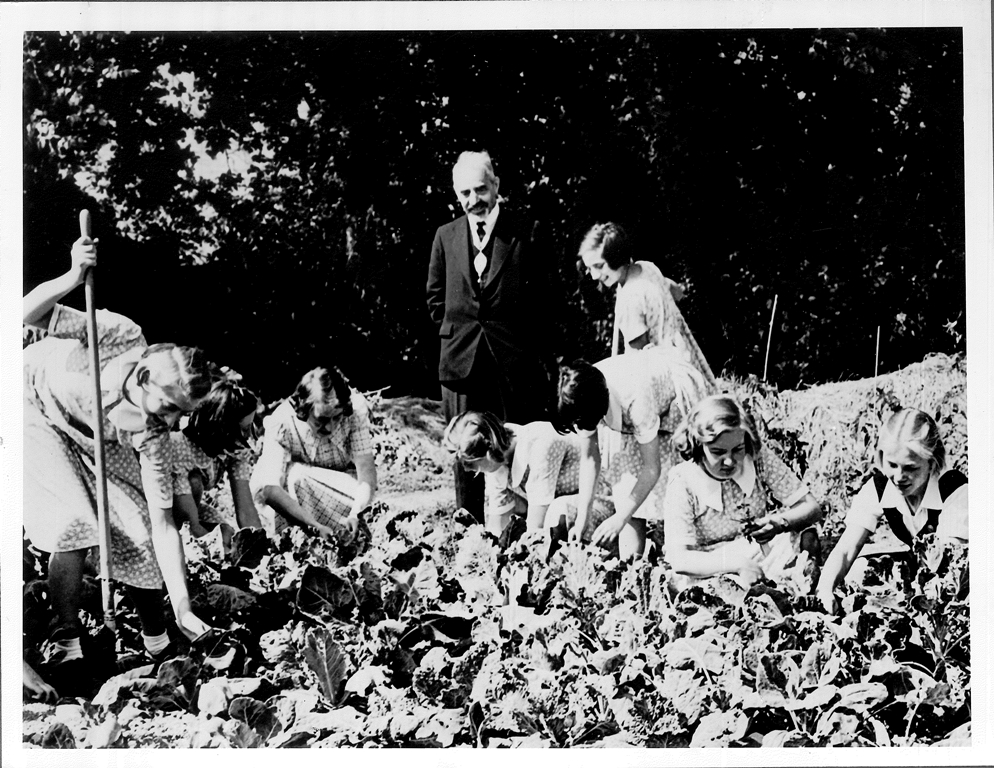by Wes White, Library Development Officer
In usual times, when the libraries are open, there is a regular group that meets at Canada Water Library to learn about museum objects and get creative: they are the Collection Creatives.
During this time when the libraries are closed, we are inviting everyone in Southwark to become a ‘Collection Creative’ and join in with our call to feel inspired by objects from the past. If you’d like to join in, this is what you need to do:
1. Have a look at the pictures and notes provided by our Curator, Judy Aitken in her article, ‘Found in the back yard’.



2. Take some time to absorb what you’ve seen and read there. What does it make you think of, or remind you about? Where does your imagination go with these items? Have you found something in your own back garden that made you curious? Maybe you’ve kept it?
3. In your own time, come up with a creative response – anything you like. Just like the work made by our regular group, it could be a sketch, a poem, a story, a memory… or you might feel moved to do something different, that wouldn’t be so easy to do in the library usually – a sculpture? A song? It’s up to you!
4. When you’re ready, share your work with us on social media with the hashtag #CollectionCreatives – we are @SouthwarkLibs on Twitter – or send it by email to wes.white@southwark.gov.uk, saying clearly if you would like it to feature in a post on our Southwark Heritage blog, and how you would like it to be credited if so. (We can’t promise to feature every submission, but we will try to put some highlights together)
Stuck for inspiration?
Don’t feel pressured to come up with a masterpiece. Collection Creatives is for everyone and we’re happy simply to see simple sketches of the objects or some notes about the thoughts they evoke for you. But if you’re not sure where to start and want to try something a bit different, here are some possible starting points:
These are inanimate objects. But usually, things are put in the ground in the garden in hope that they might grow. Imagine a magical garden where anything could grow. If one of these objects had grown like a seed, what would have sprouted?Would a glass bottle grow into a glass tree? Can you draw what you imagine, or tell us about it?
Have you ever found something in your own back yard that has a story to it? Try telling us that story! Maybe you could take an artful photograph of the object to go along with it…
What would be the best thing you could imagine finding in a garden? Maybe that thought inspires a poem or a song?
Go in whichever direction you like with these ideas, or any ideas of your own that Judy’s finds inspire. We’re looking forward to seeing what you make!























































































